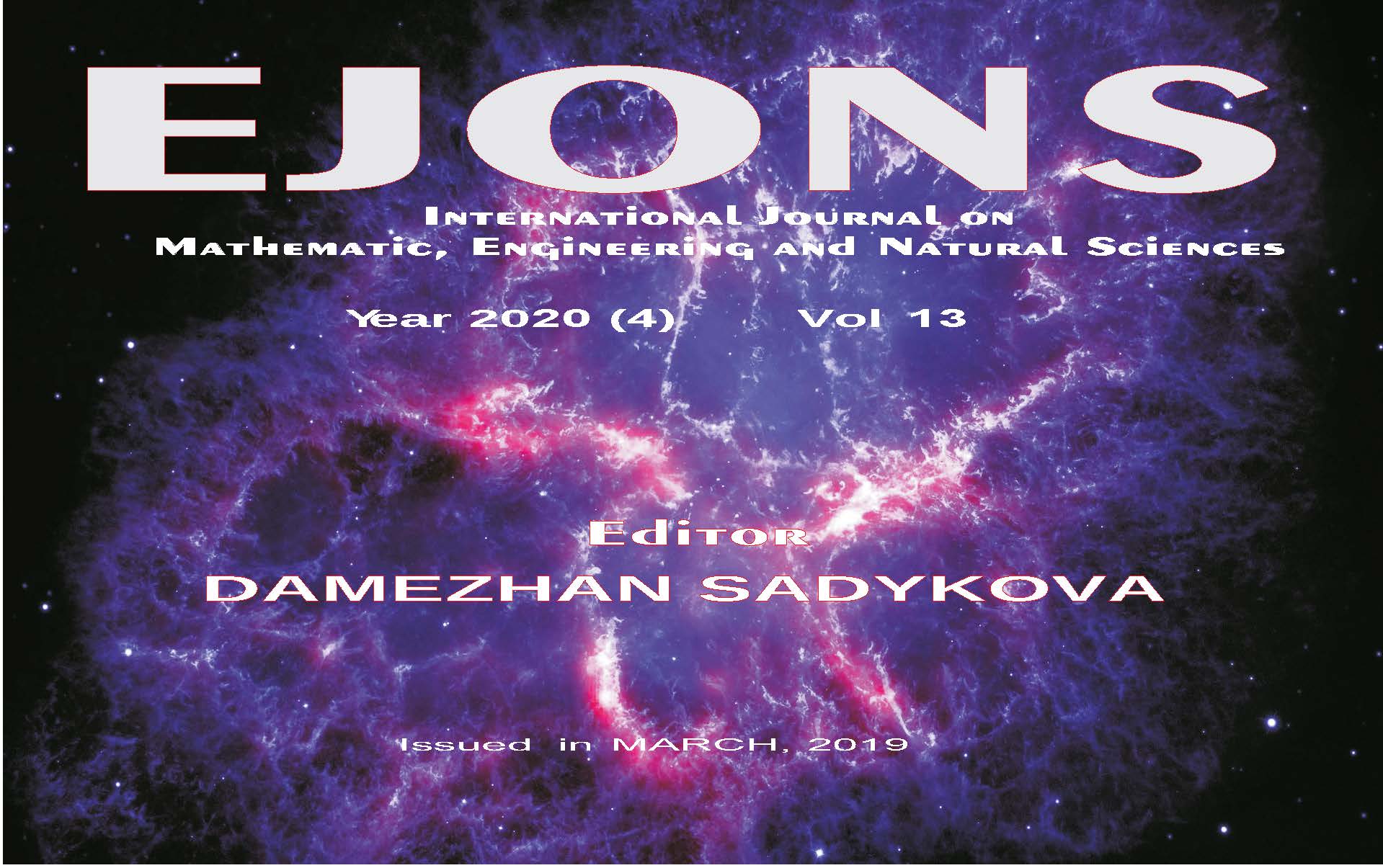EFFECTS OF CADMIUM STRESS IN Lycopersicon esculentum Mill. SEEDLINGS IN THE PRIMARY GROWTH PHASE
Keywords:
Lycopersicon esculentum Mill, metal stress, cadmiumAbstract
Mostly as a result of the agricultural practices in implementation, cultivated plants in today’s agriculture are exposed to various biotic and abiotic stresses. One of the most cultivated plants, whose productivity has been determined by many genetic and environmental factors, Lycopersicon esculentum Mill. was reported to be more responsive to a variety of abiotic stresses specifically during the young seedling phase. When examined in terms of plant growth and developmental physiology, cadmium is among the metallic elements that is more defined by its toxic effects and mostly perceived as a stress factor. Our study investigated cadmium accumulations in young seedling components during germinations and primary growth phase known to be the most responsive period to stress in Lycopersicon esculentum Mill. In addition, interactions in the intake and mobilisation of certain macro- and micro- nutrient elements with cadmium were analysed. In our study, we opted for macro- and micro- elements of Murashige-Skoog basic nutrient medium as nutrient solution. Cadmium applications were performed by using solutions that contain cadmium in the form of CdCI2.6H2O and that were prepared in a total of 6 separate concentrations (1, 10, 50, 100, 200, and 500 ppm Cd+2). Element analyses of young seedling components were carried out with Spectrophotometry, Atomic Absorption Spectrophotometry, Flame Photometry, and Kjeltec Nitrogen Analyser. It was established in our study that the highest cadmium accumulations were found in roots of young seedlings exposed to gradually increasing cadmium concentration throughout germinations and primary growth phases. This was followed by results obtained by hypocotyls. The lowest cadmium accumulations were established in cotyledons. It was observed that, under increasing cadmium concentrations, certain macro- and micro- nutrient element contents of young seedling components could change.
Downloads
Published
How to Cite
Issue
Section
License

This work is licensed under a Creative Commons Attribution-NonCommercial 4.0 International License.


